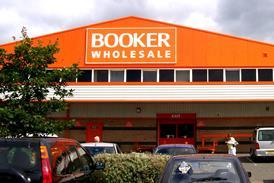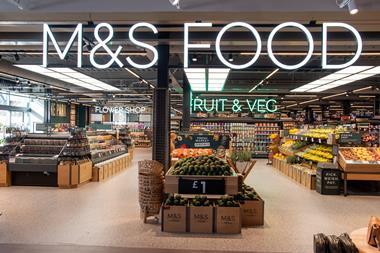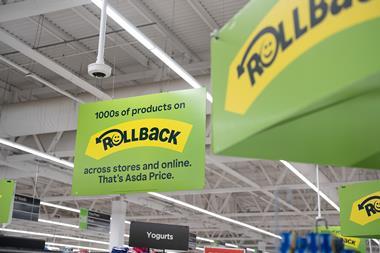
Businesses sounded the alarm back in October when the budget confirmed significant increases in the national living wage and changes to National Insurance.
Now it’s the end of April, and those changes have arrived. Labour costs have increased sharply, hitting entry-level and part-time roles hardest.
Food and drink businesses are feeling the strain, especially in retail and away-from-home sectors. With profits already thin, there is little room to absorb cost increases, and consumers are likely to end up paying more.
The cost pressures are unrelenting. July will bring border changes, possibly piling on more expenses. By October, businesses will face their first EPR bills.
Potential tariffs threaten even greater hikes – not just for ingredients but also for critical tools like industrial robots, computer equipment, and production machinery. As those challenges mount, industry recovery for food and drink looks uncertain.
Consumer backdrop
In IGD’s new Economic Viewpoint Report, we forecas retail food prices could climb by 3.4% this year, while away-from-home prices may jump 5.2%, as businesses face rising labour costs. Inflation for food and drink is likely to outpace general inflation, making these items relatively pricier for consumers.
Consumers themselves are also grappling with higher bills, such as council tax and utilities. Financial confidence is faltering. Only 23% expect to feel better off in the next year, a record low since late 2023.
The squeeze means consumers will turn to familiar coping strategies: dining out less, comparing prices, maximising loyalty rewards, or simply buying fewer products.
Business response
However, business responses are harder to call. Short-term fixes like workforce reductions are already underway, producing ripple effects up the supply chain. While these strategies trim costs, they also risk undermining service quality and resilience – key concerns in today’s challenging landscape.
Looking ahead, this approach falls short. With the UK population set to grow by millions by mid-century, the focus must shift. Expanding the capacity to produce, process, and distribute food domestically is essential. Shrinking the system won’t sustain future demand.
We’ve reached a pivotal moment for long-term strategies in the food sector. The UK food system must grow and improve, not shrink.
Technology offers a path forward. Retailers and away-from-home operators are embracing innovations that optimise stock, curb theft, and monetise data. Further up the supply chain, robotics and AI are gaining traction. Long considered costly luxuries, these tools now seem more viable as labour expenses soar.
Government recognises the opportunity here, too. Its new food strategy aims to drive investment, productivity and innovation so that our largest manufacturing sector can realise its potential for economic growth.
Now is the time for well-thought-out and long-term transformation across the entire food system.
James Walton, chief economist at IGD



















No comments yet